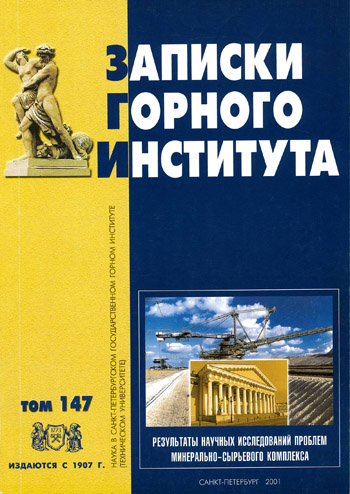Use of underground space to improve safety and environmental friendliness of nuclear power plants
Abstract
One of the drastic measures to increase environmental safety and safety in operation of nuclear power plants is to use underground space for their location. Operating experience of underground nuclear power plants (UNPP) has shown high levels of their safety and reliability of the reactor and processing equipment as well as environmental protection. The rise in UNPP safety is secured by the rock massif strength, its insignificant penetration properties, reactor opening impermeability and system of gas gathering and outgassing through lining and drainage. To reduce long-term exposure of the walls of the reactor opening to high temperatures in case of a failure, a water sprinkling system is provided. In case of an emergency increase in pressure in the reactor opening, the gas-vapour mixture will pass through the rack massif and, due to its low temperature, gas condensation will occur and the wave front propagation will decrease in speed. Quantitative assessment of security arrangement demonstrates that the highest level of security is achieved at UNPPs with double casing and UNPPs with pressure release. One of the drawbacks of UNPPs is an increase in their cost and construction time. According to various estimates, the increase in the cost of UNPP construction relative to the construction of a land-based NPP is 15-25%, and the construction period increases by 1.5-2.5 years. An effective way of reducing construction costs for UNPP is to combine it with burial grounds for radioactive waste, that are adopted for recycling and storing waste both produced by the UNPP and brought from other nuclear enterprises of the region.
